The Statistics and Calculus with Python Workshop. A comprehensive introduction to mathematics in Python for artificial intelligence applications Peter Farrell, Alvaro Fuentes, Ajinkya Sudhir Kolhe, Quan Nguyen, Alexander Joseph Sarver, Marios Tsatsos
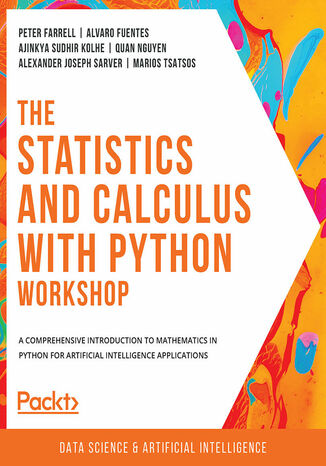



- Autorzy:
- Peter Farrell, Alvaro Fuentes, Ajinkya Sudhir Kolhe, Quan Nguyen, Alexander Joseph Sarver, Marios Tsatsos
- Wydawnictwo:
- Packt Publishing
- Ocena:
- Stron:
- 740
- Dostępne formaty:
-
PDFePubMobi
Opis
książki
:
The Statistics and Calculus with Python Workshop. A comprehensive introduction to mathematics in Python for artificial intelligence applications
The book begins by giving you a high-level overview of the libraries you'll use while performing statistics with Python. As you progress, you'll perform various mathematical tasks using the Python programming language, such as solving algebraic functions with Python starting with basic functions, and then working through transformations and solving equations. Later chapters in the book will cover statistics and calculus concepts and how to use them to solve problems and gain useful insights. Finally, you'll study differential equations with an emphasis on numerical methods and learn about algorithms that directly calculate values of functions.
By the end of this book, you’ll have learned how to apply essential statistics and calculus concepts to develop robust Python applications that solve business challenges.
Wybrane bestsellery
Peter Farrell, Alvaro Fuentes, Ajinkya Sudhir Kolhe, Quan Nguyen, Alexander Joseph Sarver, Marios Tsatsos - pozostałe książki
Packt Publishing - inne książki
Dzięki opcji "Druk na żądanie" do sprzedaży wracają tytuły Grupy Helion, które cieszyły sie dużym zainteresowaniem, a których nakład został wyprzedany.
Dla naszych Czytelników wydrukowaliśmy dodatkową pulę egzemplarzy w technice druku cyfrowego.
Co powinieneś wiedzieć o usłudze "Druk na żądanie":
- usługa obejmuje tylko widoczną poniżej listę tytułów, którą na bieżąco aktualizujemy;
- cena książki może być wyższa od początkowej ceny detalicznej, co jest spowodowane kosztami druku cyfrowego (wyższymi niż koszty tradycyjnego druku offsetowego). Obowiązująca cena jest zawsze podawana na stronie WWW książki;
- zawartość książki wraz z dodatkami (płyta CD, DVD) odpowiada jej pierwotnemu wydaniu i jest w pełni komplementarna;
- usługa nie obejmuje książek w kolorze.
Masz pytanie o konkretny tytuł? Napisz do nas: sklep@helion.pl
Książka drukowana





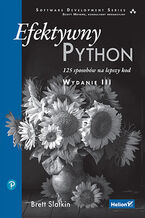





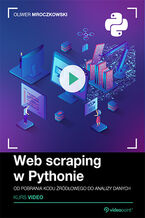

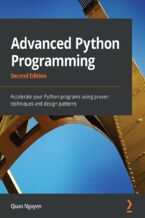

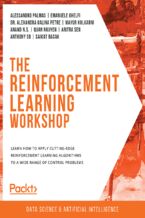
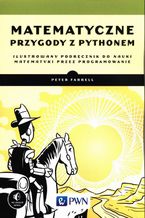
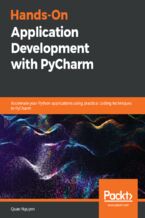
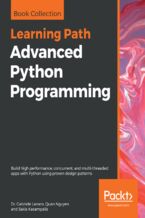
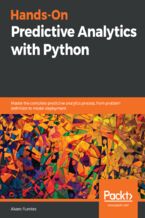
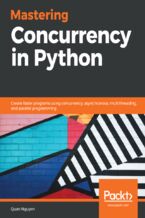
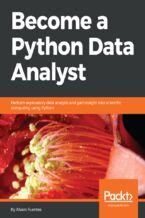
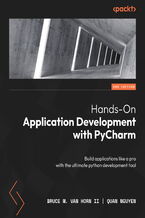
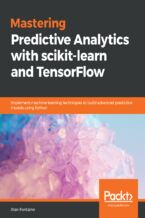





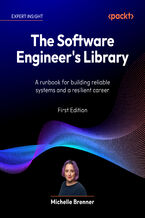
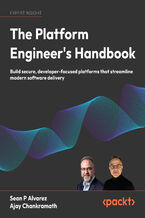
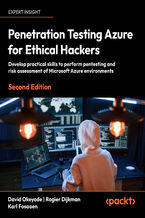
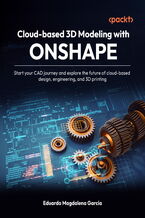

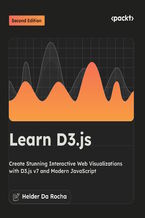
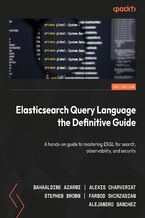
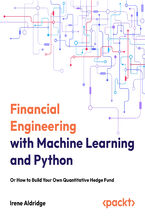





Oceny i opinie klientów: The Statistics and Calculus with Python Workshop. A comprehensive introduction to mathematics in Python for artificial intelligence applications Peter Farrell, Alvaro Fuentes, Ajinkya Sudhir Kolhe, Quan Nguyen, Alexander Joseph Sarver, Marios Tsatsos
(0)